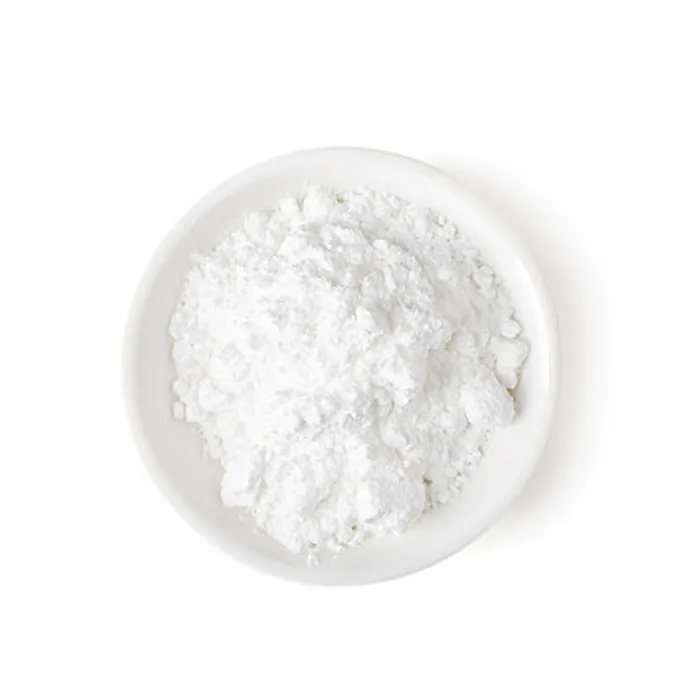Understanding Pentoxifylline Uses, Mechanism, and Benefits
Pentoxifylline is a pharmaceutical compound primarily used to enhance blood flow in patients suffering from various circulatory disorders. Classified as a methylxanthine derivative, it was initially developed in the 1960s and has since been utilized in various medical conditions, particularly those affecting peripheral circulation.
Mechanism of Action
The pharmacological action of pentoxifylline centers on its ability to improve red blood cell flexibility and decrease blood viscosity. The medication acts as a phosphodiesterase inhibitor, which leads to an increase in cyclic adenosine monophosphate (cAMP) levels within cells. Elevated cAMP affects several cellular functions, including the relaxation of smooth muscle and decreased platelet aggregation, ultimately contributing to improved blood flow. Additionally, pentoxifylline enhances the oxygen delivery to tissues and reduces the likelihood of tissue ischemia, thus offering therapeutic benefits in conditions characterized by inadequate blood supply.
Medical Uses
Pentoxifylline is primarily indicated for patients with intermittent claudication, a condition characterized by pain in the legs during physical activity due to insufficient blood flow. By improving circulation, pentoxifylline can significantly enhance the walking distance and quality of life for these patients. Furthermore, the drug has been employed in the management of diabetic neuropathy and chronic venous insufficiency, where its effects on blood flow can alleviate symptoms.
Beyond its primary uses, pentoxifylline has also shown promise in various other conditions. For instance, it has been investigated for its potential benefits in treating chronic obstructive pulmonary disease (COPD) and certain forms of acute lung injury, owing to its effects on inflammation and blood flow. In recent years, there has been growing interest in its role in reducing the risk of certain complications associated with diabetes, including diabetic foot ulcers and nephropathy.
define pentoxifylline

Benefits and Side Effects
One of the notable advantages of pentoxifylline is its relatively favorable side effect profile compared to more invasive treatments for peripheral vascular issues, such as surgical interventions. Common side effects include gastrointestinal upset, headaches, dizziness, or mild allergic reactions. Serious adverse effects are rare but can include severe hypotension and bleeding disorders, particularly in patients taking anticoagulants or with existing bleeding risks.
Administration and Dosage
Pentoxifylline is typically administered orally in tablet form, with a standard dosage regimen involving 400 mg taken three times daily, with meals to enhance absorption and reduce gastrointestinal side effects. Adjustments may be necessary for patients with renal impairment or those taking other medications that could interact with its metabolism.
Conclusion
Pentoxifylline represents a vital component in the management of various conditions related to poor circulation. By enhancing blood flow and oxygen delivery, it provides significant benefits to patients suffering from intermittent claudication and other vascular disorders. As with any medication, it is essential for healthcare providers to consider individual patient profiles and pre-existing conditions to ensure the safe and effective use of pentoxifylline. Ongoing research continues to explore its broader applications and the potential benefits it may offer in managing chronic diseases, thereby solidifying its position in modern therapeutic protocols.

